Sommaire
- What is eco-design?
- How to recognise the labels on our packaging
- What materials do we use for our packaging?
- Paper and cardboard
- Wood cellulose
- Metal
- Other materials used in packaging
- Petroleum-based plastics
- Bioplastics
- Aluminum
- Longstanding partnerships with local suppliers
- To sum up: the balancing act of eco-design
- Try to reuse your tea caddy
Eco-design at the heart of our development

At Les Jardins de Gaïa, eco-design and food safety are part and parcel of our commitments: our philosophy has always been to follow through on our approach of respecting the Earth and the Humans. The production and life cycle of our packaging is no exception to that rule and remains at the forefront of our thinking in a quest for continuous improvement.
Faced with the various constraints related to preserving the flavours of our teas and other plants, the regulations on food packaging (EC Regulation n° 1935/2004 – ANIA/ CLIFE Declaration) and the existing technical possibilities, we are seeking the best solutions on the market every time new packaging is developed, giving priority to European and preferably French manufacturers wherever possible.
Since our company was set up in 1994, we have paid close attention to our environmental impact and eco-design was the logical choice for us even though the market was in its infancy.
What is eco-design?
According to AFNOR (the French agency for standardisation): « Eco-design consists of taking the environment into account from the moment a product or service is designed, and throughout every stage of its life cycle ».
And according to ADEME (the French Environment and Energy Management Agency): The concepts of eco-design were set out at international level in 2002, with the publication of the ISO/TR 14062 standard. This specifies that eco-design aims to “integrate environmental aspects into the design and development of products”. You might remember that France set out the standards in the first documentation leaflet on the subject in 1998 in the now repealed standard, FD X 30-310. ADEME made a major contribution to this and then represented France at international level and provided the secretariat for the drafting of ISO 14062.
Demand from consumers who are more and more concerned about the influence of their purchases on climate change, has prompted industrialists in the sector to focus on perfecting their manufacturing processes, from the selection of raw materials to technological developments, thinking about their impact on the environment.
How to recognise the labels on our packaging
The sheer number of labels on packaging can complicate reading and make consumers doubt the sincerity of the producer’s approach. At Les Jardins de Gaïa, each of the labels and logos we use has been subjected to checks and means that the product sold conforms with what is on the label.
As well as labels indicating the type of agriculture (EU, Demeter), fair trade (WFTO), small producers (Trust Organic Farming) and the type of tea (Wild Teas), we also include the Sorting-info Green Dot to guide purchasers on recycling instructions, and the FSC™ and PEFC™ logos (labels indicating that the paper comes from sustainably managed forests).

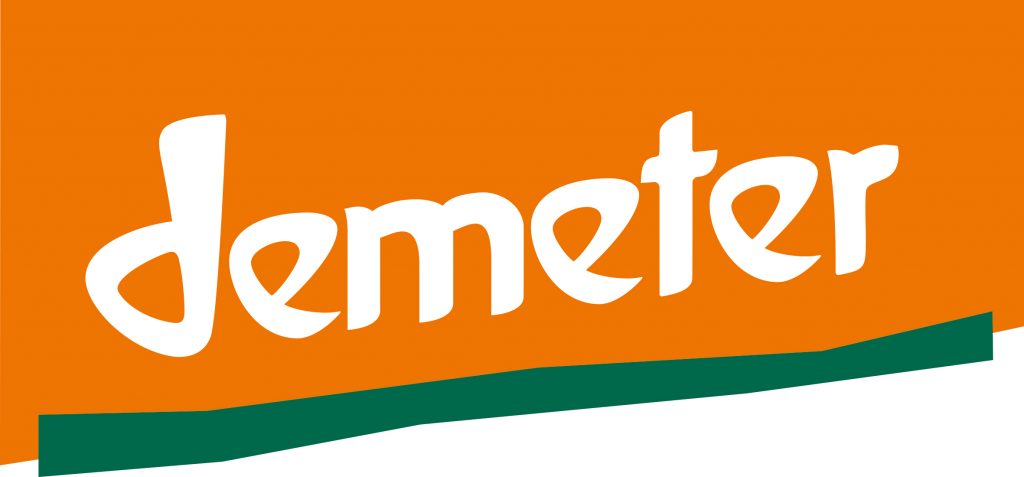
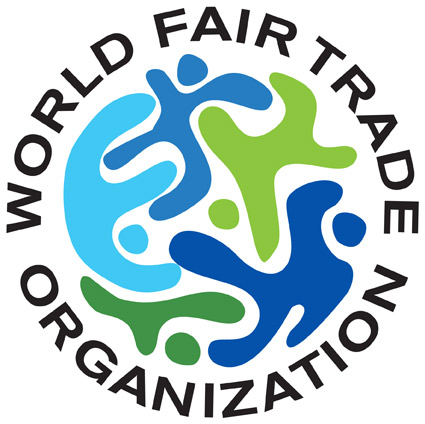
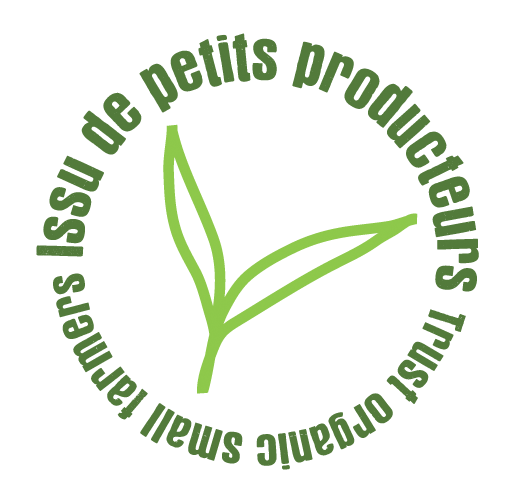
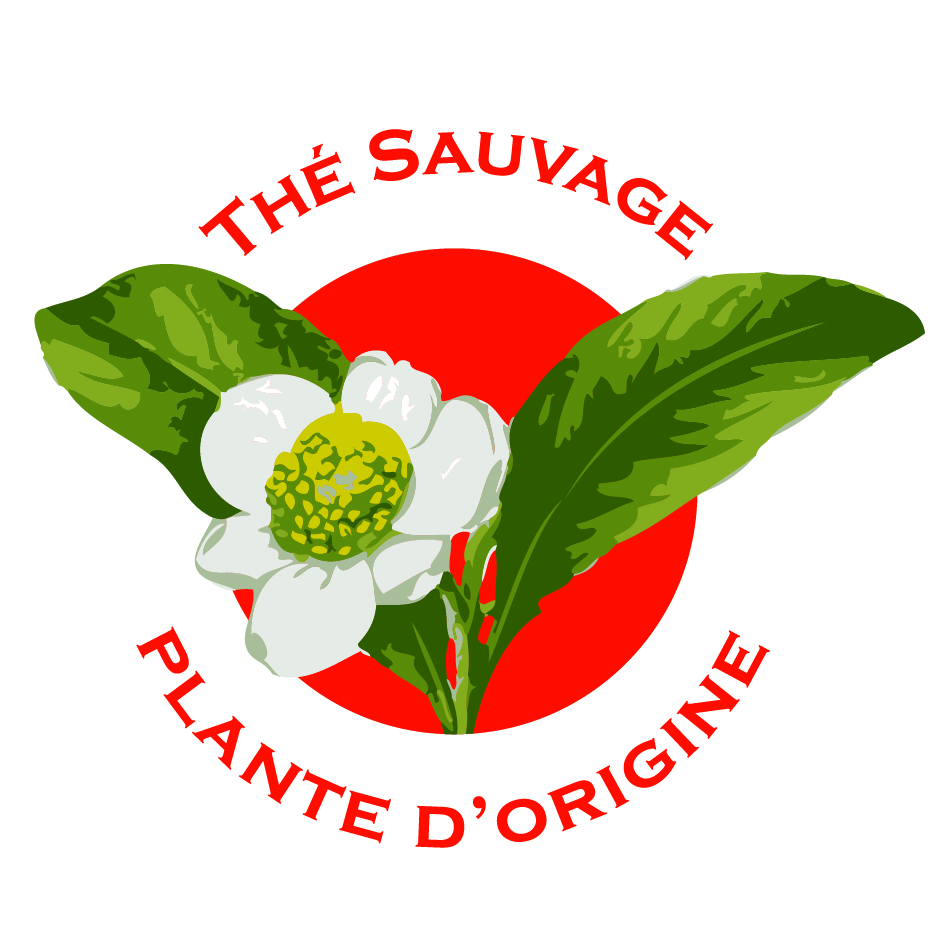


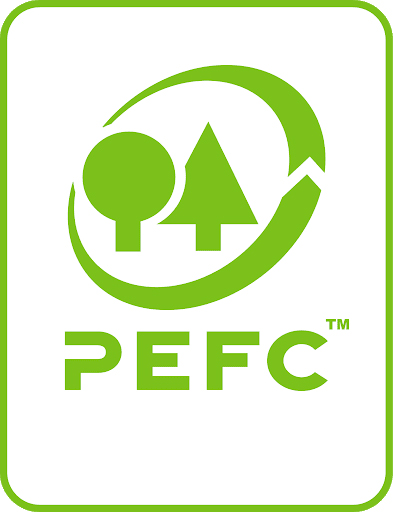
Joining Éco-emballages, now renamed Citeo (one of the two eco-organisations approved by the French state to organise, supervise and support the recycling of household packaging), is a way for us to take into account the end of life of our packaging, which corresponds to our overall environmental analysis (eco-design, sorting and recycling of waste, etc.).
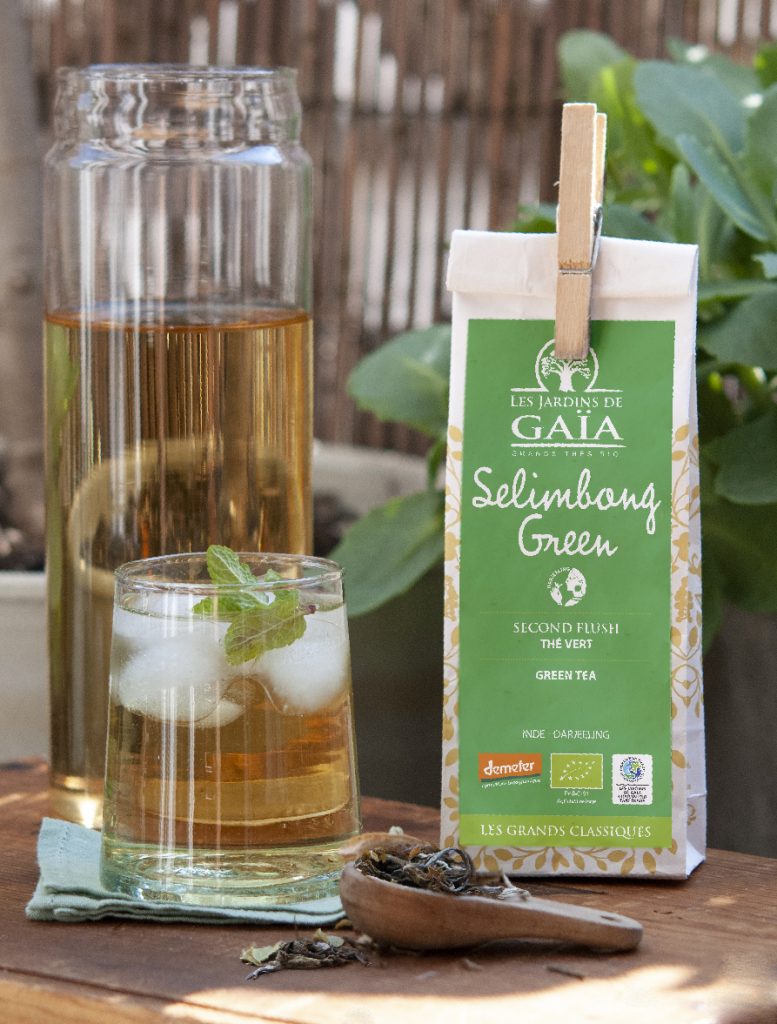
What materials do we use for our packaging?
Paper and cardboard
There are endless variants of virgin or recycled pulp paper. The ones we use are all FSC™ or PEFC™ certified and food compliant. The wood fibres that make up kraft paper come from scrap wood recovered in sawmills when it is first processed and are considered virgin material. We take care to use only paper that has not had any surface treatment that would prevent recycling.
We use paper and cardboard for:
- 100g bags: 100% recycled paper unbleached
- 250g bags: white kraft paper unbleached
- Cardboard boxes: recycled cardboard
- Teabags: hemp and unbleached wood paper, without glue or staples
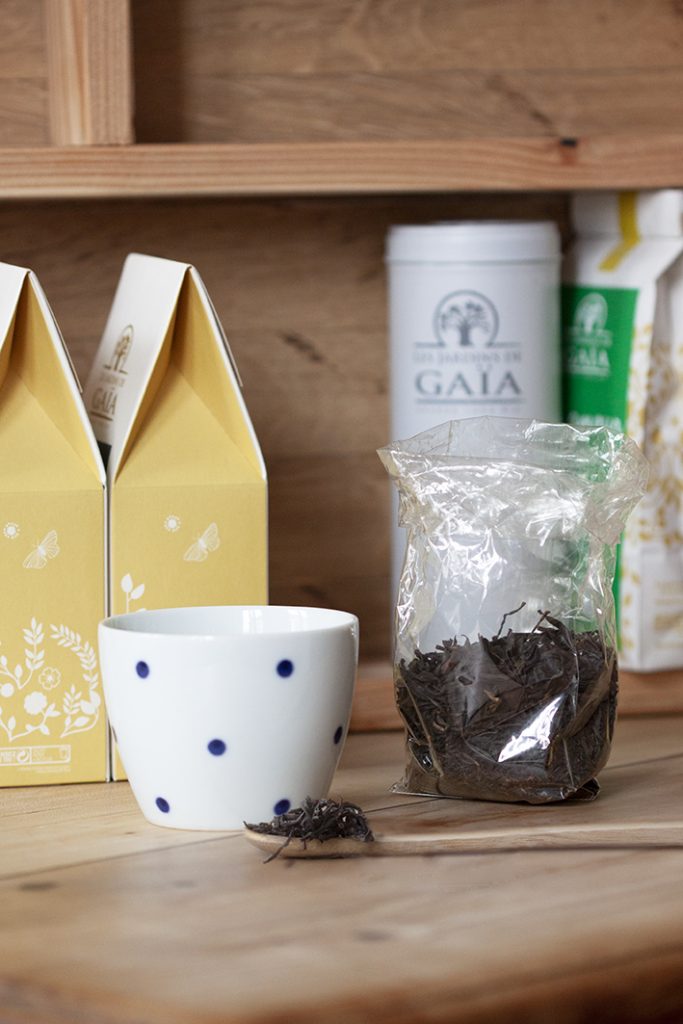
Often confused with plastic because of its appearance, wood cellulose is preferred at Les Jardins de Gaïa
Wood cellulose
This transparent film is also FSC™ certified and takes into account sustainable forest management. Originally made in Europe, it has the distinction of being completely compostable (OK Home Compost is a label which guarantees it will decompose even at low temperatures and without heavy metal residues). Frequently confused with plastic, it is not petroleum-based and offers all the guarantees necessary for the optimal preservation of our products: thanks to its barrier effect in addition to preserving the flavours, it also provides protection against the migration of volatile elements such as inks, glues, etc.
We have opted for this solution ever since it was invented and it still seems to be the most eco-friendly to this day. We use wood cellulose for:
- The 100g and 250g bags which are lined to better preserve flavour. This inner film has to be removed from the paper at the end of its life.
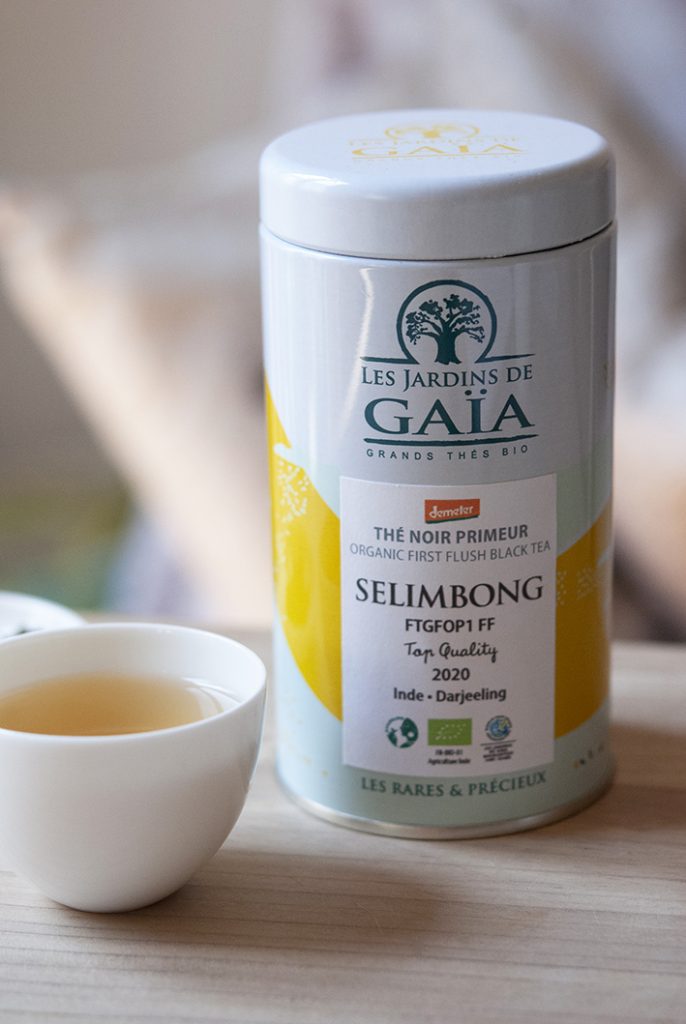
Metal
Our tea caddies (50g, 100g, 1kg and 1.5kg) the essential accessory for any tea merchant, are made of tinplate and protected by an ISO 9001 certified food varnish and guaranteed free of bisphenol A and phthalates. This material is known for its ability to preserve flavours and can be reused over a long period. Across our different ranges, you will find printed or blank tins, with a metal lid with a handle or with a plastic lid for those made in Europe.
The latest arrivals: the tins in the Rare & Precious range are made in France and have a “plugin” lid, a technique recently reintroduced in France and before that exclusively made in China. The relocation of this savoir-faire to China drastically reduced the possibilities of development in Europe so this tin with this type of cover is quite simply exceptional at the moment!
Other materials used in packaging
Petroleum-based plastics
From fossil fuels, such as polyethylene, polyethylene terephthalate, polypropylene, etc. These plastics are still the most common to date because they are inexpensive and their manufacture is widespread. Depending on their properties (they can give protection against oils, liquids or dry products), they are amalgamated with other materials, such as aluminum and/or paper, which is called complexing or laminating. Doypacks often contain it, however the quantity of plastic sometimes allows the finished product to be recycled.
Bioplastics
A general name which refers to plastics from renewable plant or animal resources and biodegradable plastics which can come from renewable resources or from fossil origin. We do not use this type of plastic because they cannot withstand contact with essential oils (bergamot type).
Example of bioplastic: PLA (polylactic acid based on fermentation of sugar or starch, mainly corn, beet, tapioca or sugarcane). At this point, we cannot be sure that PLA comes from non-GMO crops, only that any GMO content is removed in the manufacturing process. That is why we do not want to use this product despite high demand for it from organic stakeholders and agrifood companies.
Aluminum
Completely opaque and a barrier (it offers the protection necessary to preserve the product), it has the distinction of being the only material that can be recycled indefinitely. Despite its poor reputation, it continues to be widely used in food packaging and its manufacture, although disastrous, remains widespread because to date, it offers characteristics that no other material can provide. It is used in most of the bags of tea you find on the market, in both small but especially large sizes.
Longstanding partnerships with local suppliers
Our purchasing policy is to favour local suppliers and service providers, so we use French or European companies as much as possible. We value long relationships so we want these partnerships to be lasting ones and form a base for our product development.
The way we choose these companies is based on a set of specifications that take account of our ecological values and interests. For example the printing firms we use are for the most part certified Imprim’Vert®, a label which ensures five criteria are met:
- Proper disposal of hazardous waste
- Secure storage of dangerous liquids
- Not use toxic products
- Environmental awareness of employees and customers
- Energy consumption monitoring of the facilities
To sum up: the balancing act of eco-design
As you can now see, designing environmentally friendly packaging requires a list of criteria be taken into consideration and must take into account what is available on the market:
- the material used and the impact of its entire life cycle,
- proximity to the manufacturer and their good practices,
- the technology used and its consequences for the environment,
- the protection it gives our product
With some businesses relocating to China, European and French companies have lost a large part of their know-how in this sector. Recently, however, an awareness of the need to bring back or reinvent the local industry has emerged. Our containers are manufactured as close as possible to our site, in France or in Europe.
Our Quality and Packaging departments ensure compliance with the various regulations that exist and the development of the sector, to allow us to go further in respecting the Earth and mankind. Original, beautiful and perfect for our products, our packaging is the fruit of our commitment and our creativity, and is always changing!
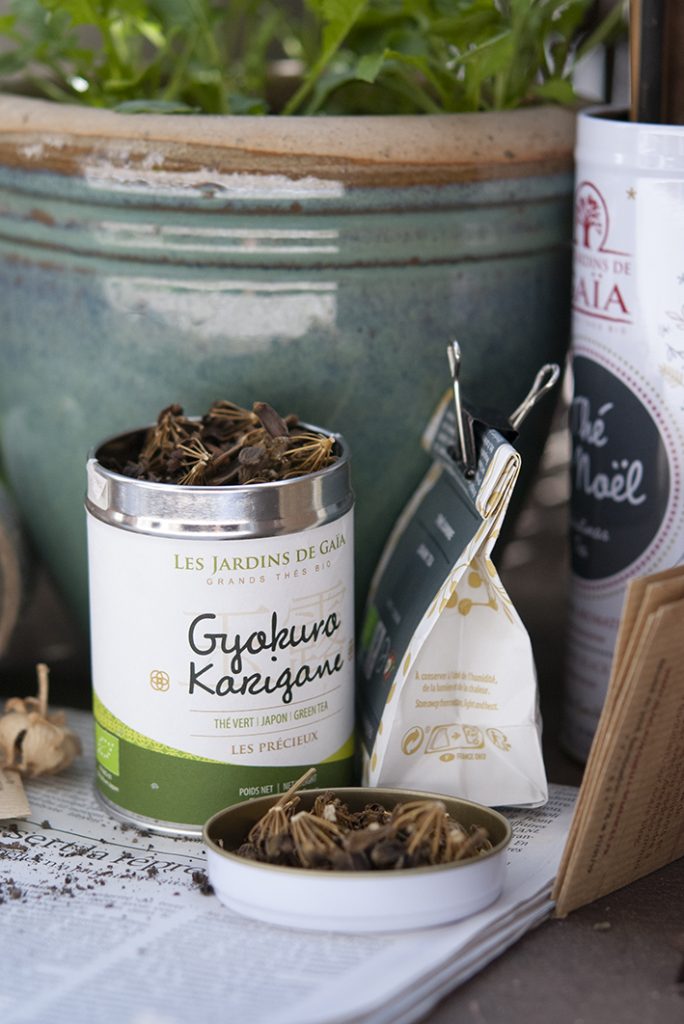
Try to reuse your tea caddy
Tin tubes are suitable for all teas, whether natural or flavoured, and are particularly good for fragile, high-end teas. They are easy to use and will keep your tea in the optimum condition – stored in a dry place, away from humidity and light. Once empty, the tubes can be refilled or reused as you wish in the kitchen to store other dry foods (sugar, rice, pasta, pulses, etc.). When you have no further use for them, these tea caddies should be disposed of in the metal recycling bin.
Écrit par Les Jardins de Gaïa
Pionniers sur le marché des thés et tisanes bio et équitables, Les Jardins de Gaïa proposent, depuis 1994, des grands crus nature, des classiques et des créations maison originales. Privilégiant les petits producteurs et les récoltes manuelles, ils ont développé au fil des années une gamme généreuse et variée de thés, rooibos et tisanes aux qualités gustatives reconnues, ainsi qu’une gamme d’épices bio et prémiums proposée sous la marque Terra Madre. Tel un jardin épanoui, la force des Jardins de Gaïa tient dans la diversité des terroirs et l’engagement des hommes qui la travaillent…
